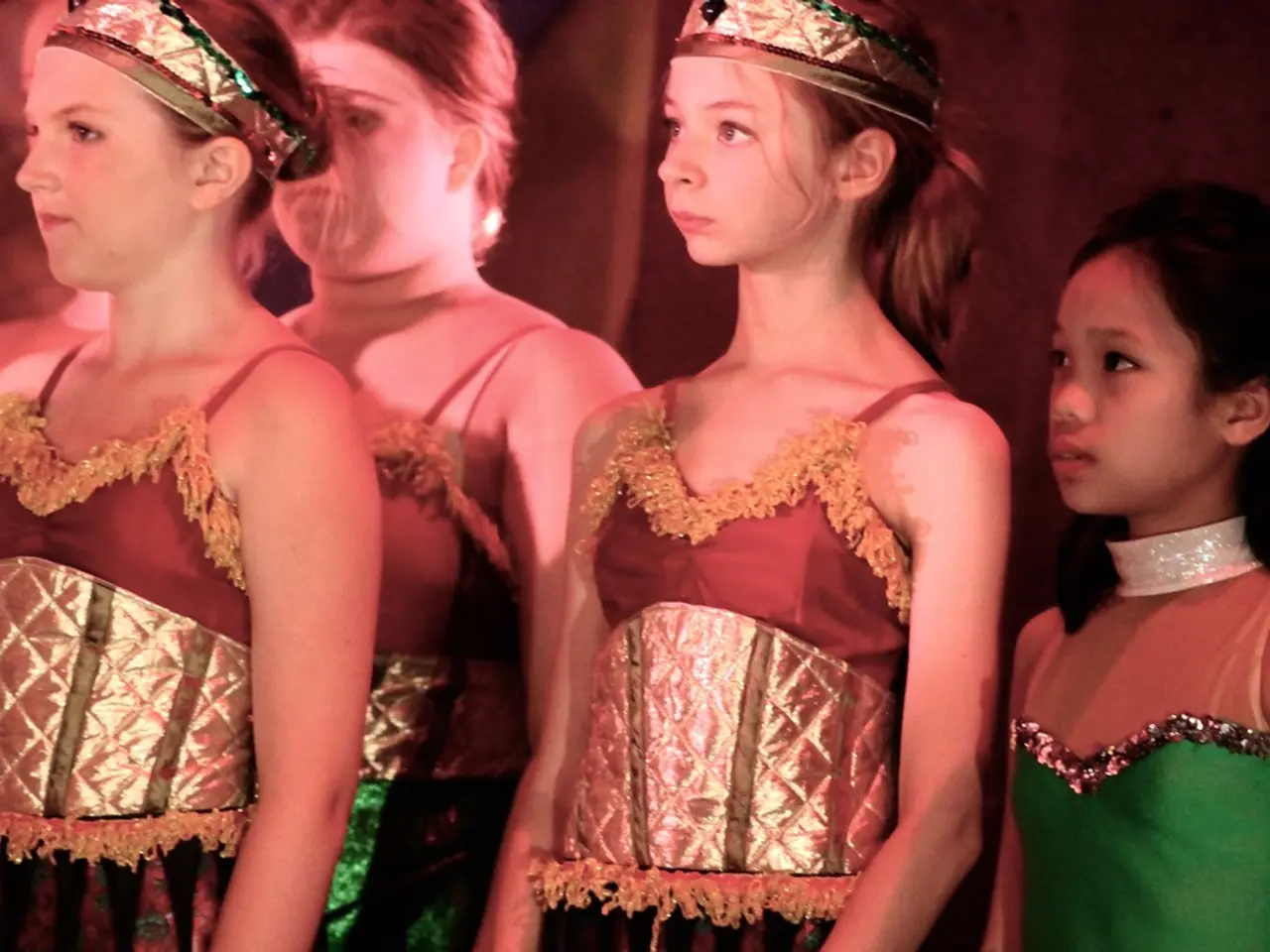Top Female Antagonists on Screen in Film and Television
In recent years, the portrayal of female villains in film and television has evolved significantly, moving away from the traditional simplistic view of villains as inherently evil. Instead, these characters are now portrayed as complex individuals with multifaceted personalities, psychological depth, and motivations that transcend simple evilness.
One such character is Cersei Lannister, portrayed by Lena Headey in Game of Thrones. Initially a protective mother, Cersei transitions into a ruthless ruler, driven by a desire to protect her children and secure her family's legacy in a patriarchal society.
Another example is Bellatrix Lestrange, portrayed by Helena Bonham Carter in the Harry Potter series. Known for her sadistic nature and unwavering loyalty to Voldemort, Bellatrix embodies the fanatical follower, demonstrating a chilling blend of cruelty and devotion.
Jodie Comer's portrayal of Villanelle in Killing Eve showcases a captivating blend of charm and menace, making her a compelling and unpredictable character. Similarly, Dominika Egorova, portrayed by Jennifer Lawrence in Red Sparrow, is a lethal female assassin with complex motives and a multidimensional personality.
Marisa Coulter, from His Dark Materials, is depicted as elegant and charming on the surface but is a ruthless manipulator and a scientist who commits morally awful acts. Her genteel appearance contrasts with her cruelty, making her psychologically complex and culturally memorable.
Carrie White, from Carrie, delivers a tragic villainess archetype. A bullied teenager with telekinetic powers, Carrie's destructive retaliation arises from long-term abuse and social alienation. Sissy Spacek’s nuanced performance highlights the vulnerability and rage beneath her menace, making Carrie a compelling character who evokes both horror and sympathy.
Regina George, from Mean Girls, epitomizes the archetypal teenage queen bee villain. Her compelling nature comes from realistic social dynamics and the way she embodies adolescent power struggles, portrayed memorably by Rachel McAdams.
These portrayals are compelling because they balance darkness with humanity, creating characters who are not only formidable antagonists but also psychologically rich and culturally resonant. This complexity invites audiences to understand their motivations and often sympathize with them, making their villainy nuanced rather than one-dimensional.
Moreover, these characters often break traditional molds, offering fresh perspectives and compelling narratives that challenge audiences to rethink their perceptions of good and evil. For instance, Maleficent, portrayed by Angelina Jolie in the movie Maleficent, was reimagined as a misunderstood protector of the Moors, adding depth to her character.
Similarly, Catwoman's character, as portrayed by Michelle Pfeiffer, navigates a world that often marginalizes women, adding layers to her villainous role. Ursula, the sea witch from The Little Mermaid, is a cunning and power-hungry character, willing to deceive others to achieve her goals.
In some cases, the motivations of these female villains are rooted in personal trauma, societal oppression, or a quest for justice. For example, Madame Defarge from Charles Dickens' A Tale of Two Cities is a relentless revolutionary, symbolizing the dangers of unchecked rage and the consequences of historical injustices.
In conclusion, the portrayal of complex female villains in film and television offers a fresh perspective on evil, inviting audiences to delve deeper into the psyche of these characters and reconsider their perceptions of good and evil. These characters serve as reflections of societal fears, challenges, and complexities, inviting audiences to explore themes of power, identity, and morality.
In the realm of movies-and-tv, female villains have become more intricate, shifting away from simplistic portrayals of evilness and embracing entertainment that showcases the entertainment industry's engagement with pop-culture themes, such as power struggles, societal oppression, and psychological complexities.
From Carrie White in Carrie to Regina George in Mean Girls, these characters, while appearing menacing, offer depth and humanity, penetrating the minds of viewers, and inviting them to reconsider the boundaries of good and evil in pop-culture entertainment.








